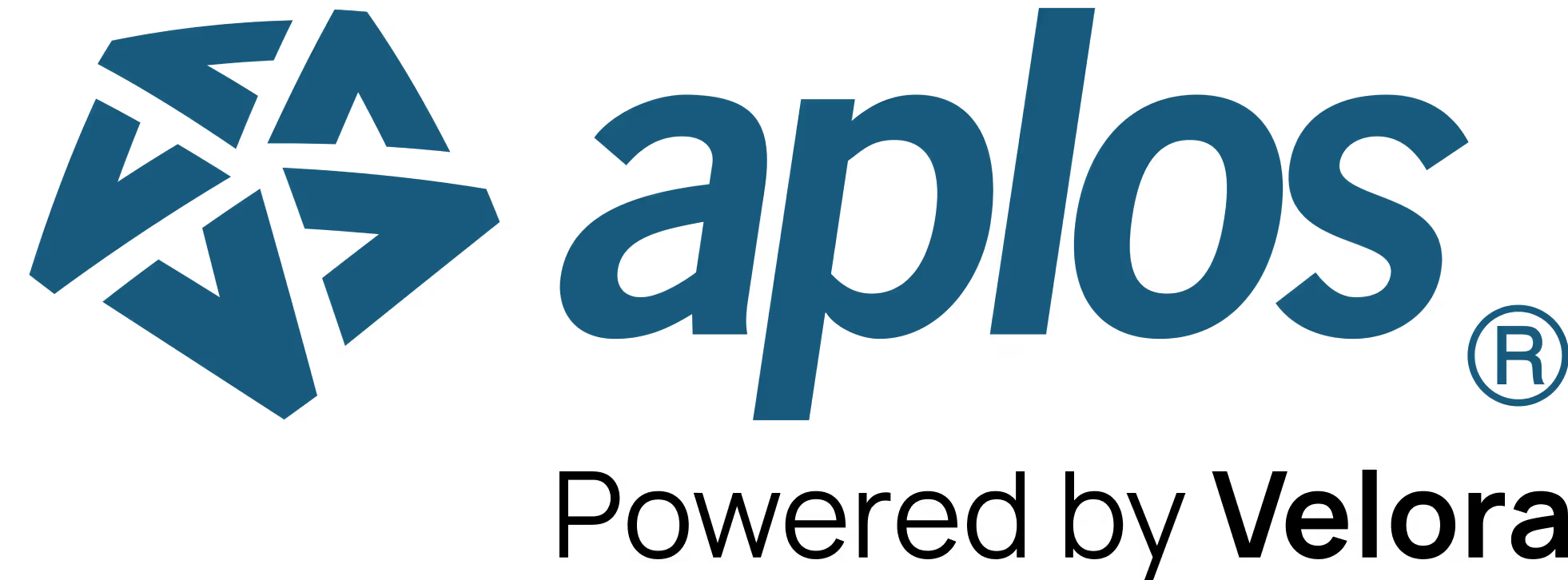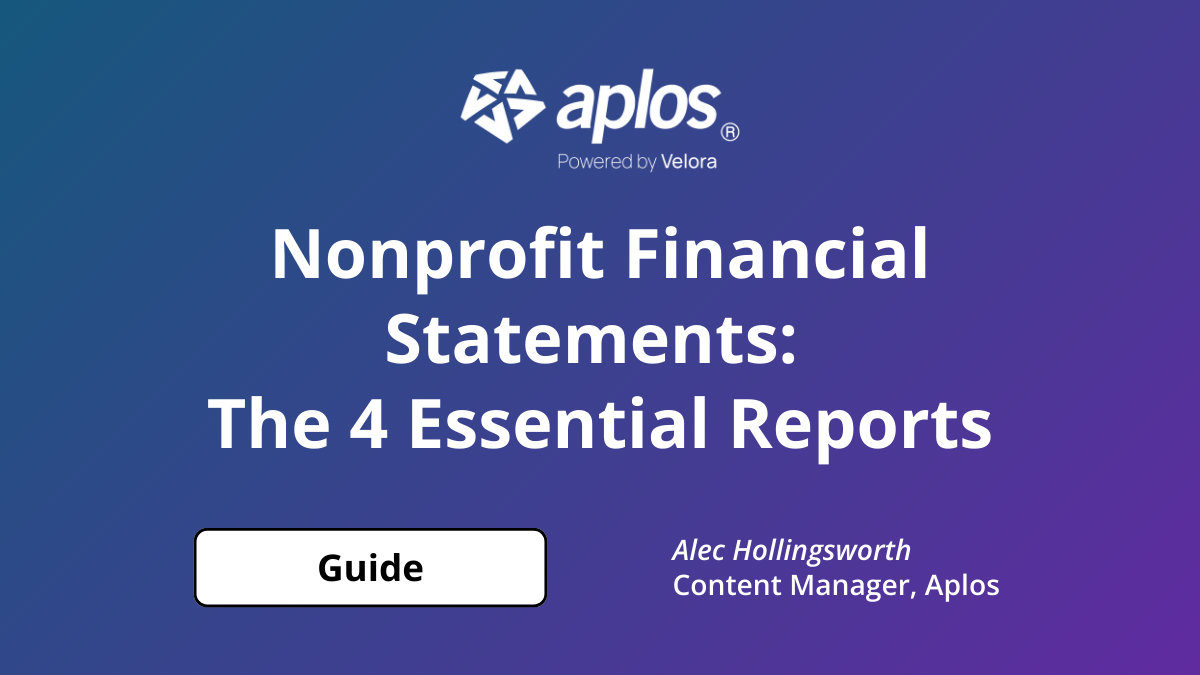
Donor Recognition: Best Practices for Increasing Donor Retention

When a donor makes a contribution to a nonprofit organization, it is a natural reaction for the individual to anticipate some form of recognition for their generosity. That does not mean the donor expects you to roll out the red carpet and shine a spotlight on their act of kindness. By recognition, we are referring more to the act of showing someone appreciation for their donation and the time they contributed in investigating and eventually supporting your cause.
In this article, we will explore donor recognition, review why it is important, and delve into some examples of donor recognition that are being successfully used by nonprofits as part of their donor appreciation strategy.
What Is Donor Recognition?
Simply put, donor recognition is acknowledging and showing appreciation for an individual’s contributions to your nonprofit organization. Common forms of recognition include handwritten letters, personalized gifts, public recognition like a donor recognition wall, or a gesture as simple as a phone call.
Why Is It Important to Recognize Donors for Their Contributions?
Quite often, nonprofits don’t go the extra mile to acknowledge a contribution, making donors feel like their time and gifts aren’t appreciated or meaningful. Strengthening your supporter recognition practices will help you cultivate stronger connections with them, increasing your organization’s donor retention rate in the long run.

Best Practices When It Comes to Recognizing Donors
Here are some proven methodologies when it comes to donor recognition:
- Any gestures of donor appreciation should be proportionate to the contribution – It is important to recognize donors in a way that acknowledges their donation without showing favoritism.
- In any forms of communication, convey to the donor how their contribution is making (or will make) an impact – A lack of transparency regarding the use of their contribution is one of the main reasons donors decide to stop giving. Make a point to explain in emails, thank you notes, etc., how their gift is being used toward your cause.
- Be sure to receive permission from a donor before thanking them publicly – Asking for (or obtaining) permission before acknowledging a donation publicly is a best practice that prevents any awkward feelings for the donor and helps ensure a smooth donor experience going forward.
- Demonstrate donor appreciation in a timely manner – There is an unwritten yet understood timeframe when it comes to donor recognition. A lack of appreciation on your end within that window runs the risk of making the donor feel unacknowledged and undervalued, which can then lead to ill feelings and the end of their giving.
- Strive to add a personal touch to all methods of donor recognition – Donors are not just numbers. Each donor has a story, dreams, aspirations, hobbies, etc. Make a point to get to know your donors, and then demonstrate your knowledge of their lives while thanking donors for their contributions.
Examples of Donor Recognition
There are many ways to demonstrate donor recognition. We have assembled a list of 10 popular methods that go a long way toward making donors feel appreciated.
1. Immediate delivery of a personalized donation receipt
Most fundraising software will allow you to automate this process, which is convenient, but if it’s not done correctly, it can also make the donor feel like they are just another number. Make sure to personalize the receipt as much as possible. Include the donor’s full name and the amount of their donation. The quick delivery demonstrates acknowledgment and conveys to the donor that they donated to a cause that has its affairs in order.
2. Make a follow-up call within 2 days
Within a couple of days, donors may assume your organization has forgotten about their contribution. By giving them a call within that time, you’re showing them you’re grateful, making them more likely to give again in the future.
3. Personalized text messaging
Send a quick text to thank a donor for their gift. It offers an opportunity to connect with that person in a more relaxed atmosphere. Be sure to include personal touches to make it clear that the text is only meant for that donor.
4. Handwritten thank you letters
Handwritten appreciation letters are an excellent way to re-engage your supporters with a reminder of their impact. Studies have shown that people retain information more efficiently when reading on paper versus reading on a computer screen or mobile device.
5. Small yet thoughtful appreciation gifts
Branded merchandise and gifts of all shapes and sizes are a great way to show your appreciation for your supporters’ gifts. For example, a branded item like a water bottle or a t-shirt not only reminds them of your organization each time they use it, it also serves as a reminder that their support is appreciated.
6. Provide opportunities for donors to get involved
While the idea of asking donors to volunteer for an event may seem cringe-worthy, it is not as crazy of a concept as it sounds. Volunteering for your nonprofit will open the donor’s eyes to what your organization does, and it will allow them to see how their support helps those in your community.
7. Online public recognition
Websites and social media can serve as excellent resources for donor recognition. Many successful nonprofits user their websites to feature donors through a page dedicated to recognizing donors of different levels—basically a virtual donor recognition wall. You can also acknowledge donors through a blog article or your email newsletter.
Social media platforms are a natural and effective way to demonstrate public recognition to your donors as well.
8. Harness the power of video
Video is a powerful recognition tool that keeps on giving long after its production. Crafting a personal message to your donor via video is a great way to show them you appreciate their time and their donation.
9. Thank donors during fundraising events
This is typically a strategy used for major donors, but it can be effective for donors of all levels. During your next fundraising event, invite your donors to stand up and be recognized by all attendees. Or consider having a major donor speak briefly on behalf of their experience with your organization.
Note: As mentioned above, be sure to get the permission of the donors before acknowledging them publicly. Not all donors want or like the attention.
10. Donor recognition walls
Donor recognition walls allow organizations to showcase their most liberal supporters. This classic idea allows organizations to share their involvement with the general public, providing recognition for their generosity.
11. Utilize your annual report
Your annual report is another way you can publicly thank your donors for their support. Call them out by name (with their permission) and show them how grateful you are for them.
Tools to Help With Donor Recognition and Retention
As this article has demonstrated, acquiring and managing donors can be a full-time job. The responsibilities of forming personal connections with potential new donors, implementing a donor recognition plan once they are on board, and recognizing and engaging with existing donors can be extremely overwhelming and time-consuming.
If you are looking for a way to streamline this process, Aplos has you covered. With Aplos’ suite of donor management tools, you can easily and efficiently show both new and existing donors that you appreciate their contributions to your organization.
Aplos makes it almost effortless to automate your donation receipts, track donations, engage with new and recurring donors, manage your fundraising efforts, and much more.
Learn how your nonprofit can simplify the donor recognition process with Aplos.
Free Recorded Webinar: The Science and Art of Donor Retention
When it comes to donors, you don’t just want that initial monetary gift. While it’s nice, it’s not nearly as beneficial as a monthly donation from an engaged benefactor. In this webinar, we discuss how to retain donors after they convert the first time, as well as donor retention strategies to keep your donors active and supportive. These tips will help your organization even if you do not currently use software for donor management.
What you’ll learn:
- What donor retention is and why it matters
- Simple donor management strategies to boost retention
- Stewardship as a strategy
- How your monthly giving program affects retention
- Why all levels of donors are critical for success

Our comprehensive closeout services start at $399 per month that needs to be reconciled. Sign up before Jan 1st and pay just $199.50 per month!
Copyright © 2025 Aplos Software, LLC. All rights reserved.
Aplos partners with Stripe Payments Company for money transmission services and account services with funds held at Fifth Third Bank N.A., Member FDIC.
Copyright © 2024 Aplos Software, LLC. All rights reserved.
Aplos partners with Stripe Payments Company for money transmission services and account services with funds held at Fifth Third Bank N.A., Member FDIC.



.png)



